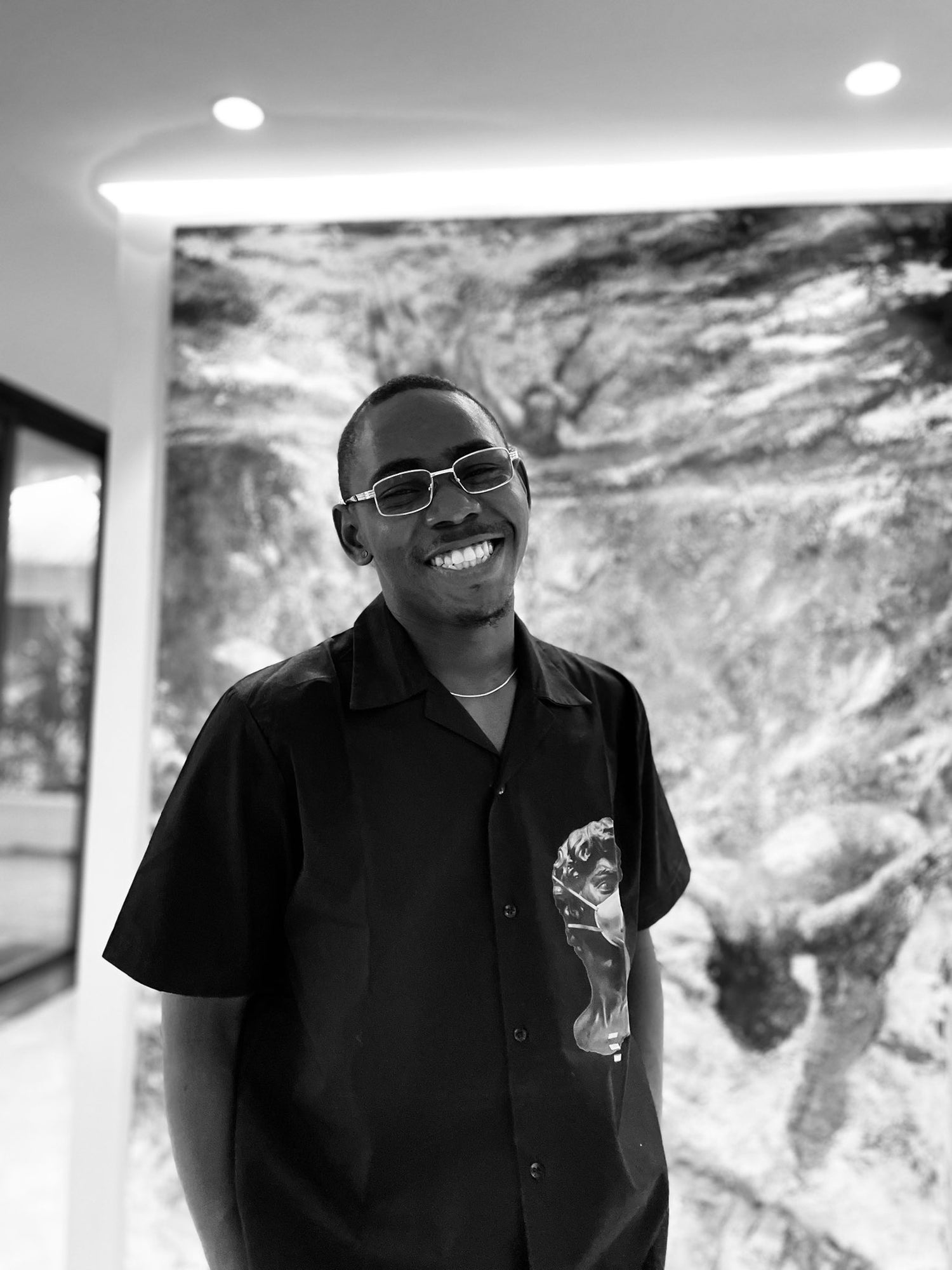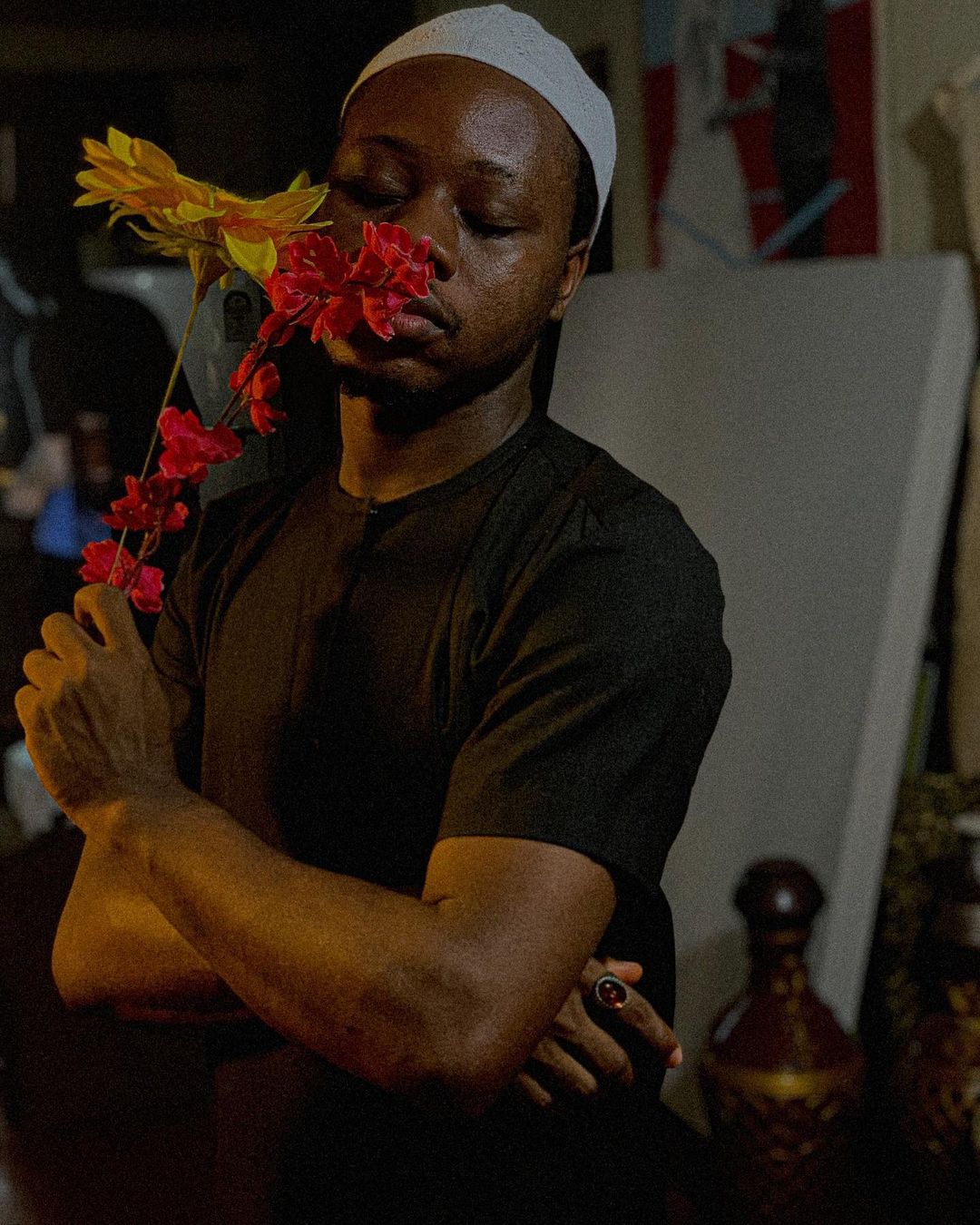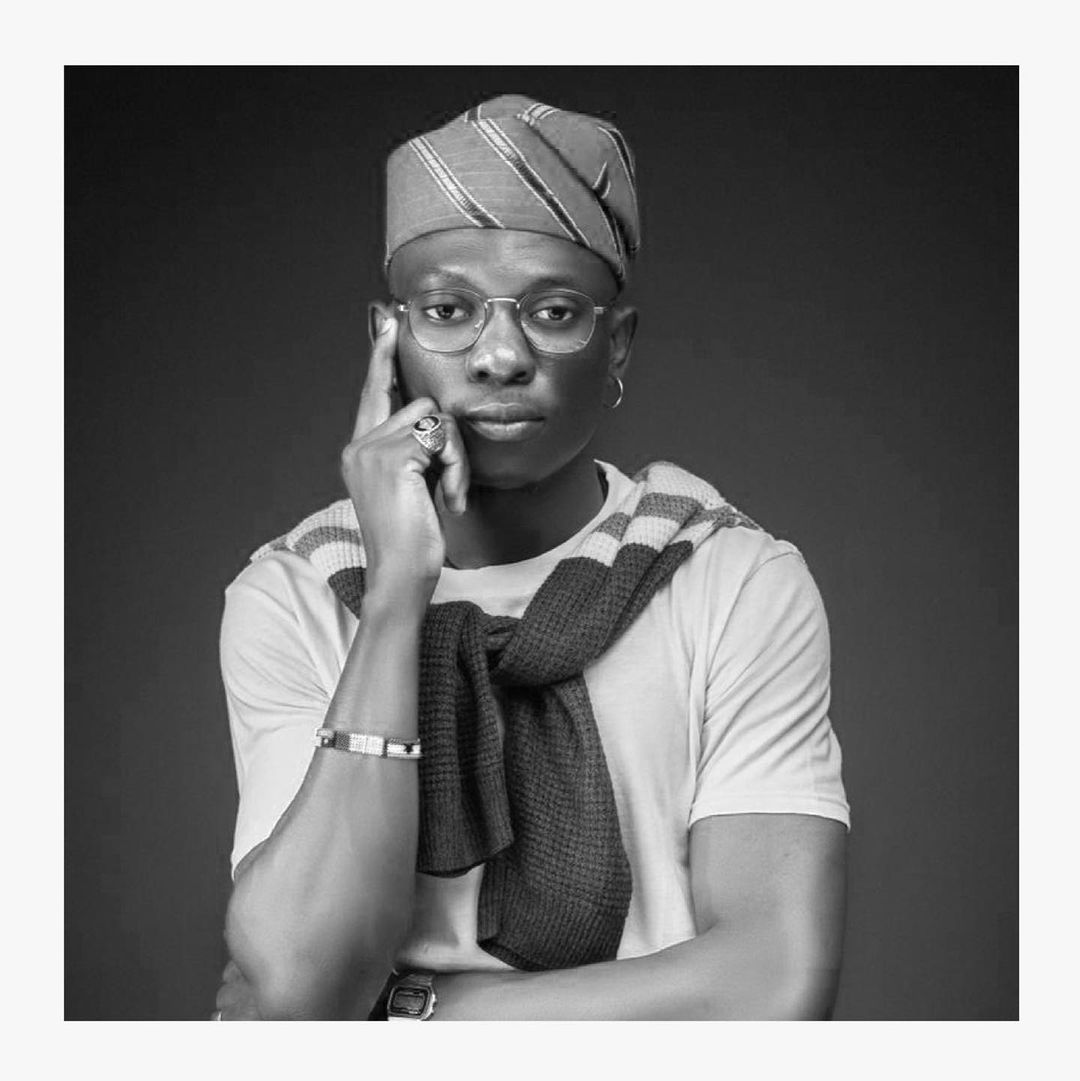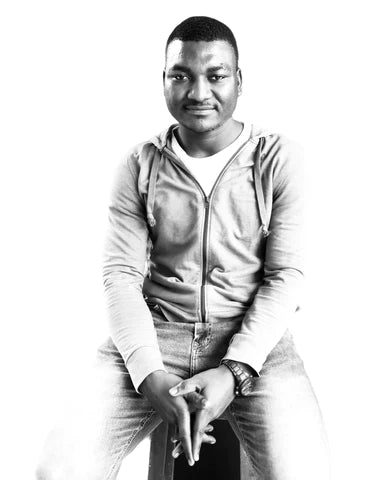About Exhibition
19 June 2022 - 30 June 2022
Art Pantheon Gallery hosts the salon Our Many Colours to help create imaginatively
rewarding and contemplative spaces that enjoin us to consider what we mean to each
other as people. According to the African American poet Lucille Clifton: We are each
other’s harvest:/ we are each other’s business:/ we are each other’s magnitude and bond.
The salon Our Many Colours features four artists: Oluwaferanmi Okeowo, Emanuel
Ojebola, Paul Ogunlesi, and Toju Clarke. The show invites audiences to pay closer
attention to the spaces, recognition, and powers we afford each other as human beings.
The exhibiting artists, in works focused on the human figure, contribute fresh perspectives
to themes of struggle, self-expression, shared humanity, individual reclamation, and
human fortitude. The show opening on June 19 offers us a wonderful opportunity to gain
renewed perspectives on what it means to make space for each other as people, especially
now.
Executed mostly in brilliant colours, the works are a welcome counterpoint to the
somberness and uncertainty of the times. In early 2020, a pandemic swept across the
globe from which nations have yet to completely recover. Later in the year, there were
the #EndSARS protests which decried police brutality and inhumane governance in
Nigeria. Besides these, there’ve been varying degrees of disruptions across the country
and the world. At no other time has our need to stand for each other been greater. Our
Many Colours draws its inspiration from this awareness.

Toju Clarke
Toju Clarke is a visual artist living and working in Lagos. He studied graphic design at the Yaba College of Technology. He makes graphic art and sgraffito paintings, a technique of painting that involves scratching on canvas.
His works, often large paintings of human busts, examine moods and mental states. Their
power lies in how they keep us ruminating on states of mind that we otherwise may not want to
ponder on. Joy, anguish, masculinity, and intensity are deftly portrayed. The focus on the human
face and bust in his paintings create a hallowed space for human presence and expression.

Emmanuel Ojebola
Emmanuel Ojebola was born and raised in Eruwa, Oyo State, where he also schooled. He has said that he paints to feel alive. Raised by a single mum, his art speaks to his struggles growing up. Much of the work he makes is influenced by that background. He draws inspiration from portrait artists working in the classical mode like Cesar Santos and Eddie Filer.
In a painting like Self-Reflection (2022), there is an admirable facility displayed. A woman
with red hair holds against the side of her face a mirror in which she is reflected. Her eyes are
closed in tranquility and bliss. We see her in person and we see her in reflection. It is this
emphasis that is particularly striking, as if tranquility is a note to be struck twice.

Oluwaferanmi Okeowo
Oluwaferanmi Okeowo was born and raised in Badagry, Lagos, Nigeria, and he studied at the
Yabatech College of Technology, Lagos. His work tries to approach trauma with the sensitivity of a patient observer. His paintings of human forms are deeply expressive, with dominant brushstrokes reminiscent of Van Gogh.
Family and individuals are strong motivations behind his work. He said of his paintings,
“I want my works to illuminate the different roles parents play. I also want to show what people have to deal with, from depression to trauma and mental health, all of which is my way of examining the more subtle aspects of humanity.”

